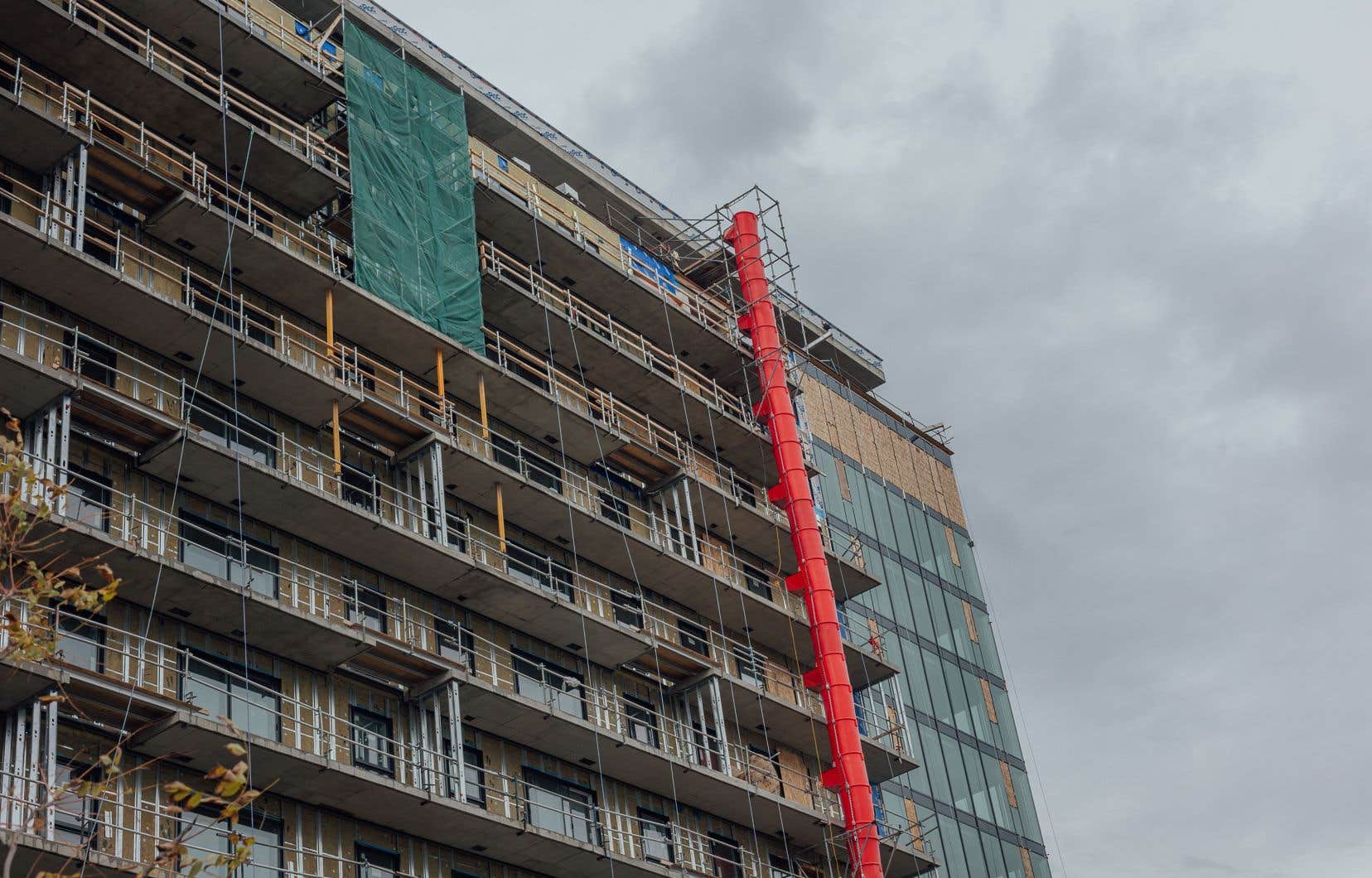In the fight against the housing shortage, the Government of Canada announced on December 12 that it would dust off post-war house design catalogs, in order to draw inspiration from them to create a similar updated publication. This initiative will provide access to turnkey, “pre-approved” plans, offering a variety of building typologies that developers can construct more quickly.
It is imperative to build more in order to house all citizens. According to the Association of Construction and Housing Professionals of Quebec, we are currently facing a deficit of 100,000 housing units in Quebec. From this perspective, any new construction of homes is part of the solution, whether they come from the future catalog or not. However, the Government of Canada is proposing far too simplistic a solution to a complex problem. Before even conceiving any catalog, let us collectively question the very concept of a “housing market” and the responsibility of the different levels of government to house its citizens.
Housing, an essential need
Housing is fundamental to flourishing. Unfortunately, society accepts too easily that the commodification of housing is the only viable model; too often, housing production is seen as a simple investment rather than an essential need.
At the same time as Housing Minister Sean Fraser announced the upcoming publication of a catalog, The duty reported a 132% increase in forced evictions of tenants in Quebec. The lack of political will to establish a rent register creates a dynamic where certain owners allow themselves to evict their tenants in order to adapt to the market price. This status quo encourages these same owners to consider housing as a source of income which must be ever more lucrative. With this in mind, how can we imagine that such an initiative could help tenants?
In order to restore some balance in the housing market, we must increase supply, that is, build more. But above all, we must provide ourselves, as a society, with official mechanisms to control housing costs. Let us consider that households who access property, more quickly and at lower cost thanks to the future catalog, free up housing on the rental market; what happens if these accommodations are not subject to any obligation regarding compliance with the terms of the old leases? They are indeed available again, but at what price?
Building new homes, in this context, is only half the solution if no regulations are put in place to counter the meteoric rise in rental prices. Otherwise, we will see more and more citizens struggling to find adequate housing to match their income.
Trivialization of architecture
Let’s return to the catalog, its intention is to make the construction process faster and, at the same time, to allow developers to avoid dealing with architects in order to design the new homes to be built. In a context where design constraints are numerous and complex, to name only urban integration, improvement of energy performance, integration into different social environments and negotiation with cities, how can we do without Can the expertise of architects be part of the solution?
Within the construction team, the architect, because of his generalist approach, will always be the only true integrator of all the different issues specific to the realization of a quality project. In June 2022, Quebec acquired its very first
National architecture and land use planning policy, which aims to create a “thoughtful and ambitious strategic vision to guide collective action in matters of architecture and land use planning”.
I can’t help but see a discrepancy when I compare Quebec’s new architecture policy to the federal initiative of a banal catalog of buildings and turnkey plans. A catalog that will allow developers to build the same buildings, both in Quebec and everywhere else in Canada. From coast to coast, we will be confronted with a standardization and trivialization of architecture.
Government accountability
Our different levels of government must be more structuring players in the face of this crisis. It is essential to slow down the transfer of responsibility to the private market when it comes to issues as important as residential real estate development, the shortage of housing or even the affordability of the latter. It seems dangerously naive to think that this decision, which is essentially intended to save developers time, planning and professional fees, will solve any problem whatsoever.
It is even particularly troubling to suggest that architect fees are themselves at the heart of the problem. This premise indeed has the effect of diverting the discussion from real issues such as the impact of inflation on construction costs, a general lack of boldness in urban planning and a supply of new housing dictated by the objectives of profitability of investors before being oriented towards the specific needs of communities.
In a context where the development of our cities must more than ever be thought of differently in order to encourage a residential built environment that is dense, on a human scale, interconnected and sustainable, it is difficult not to conclude that we are facing a real false good idea.
